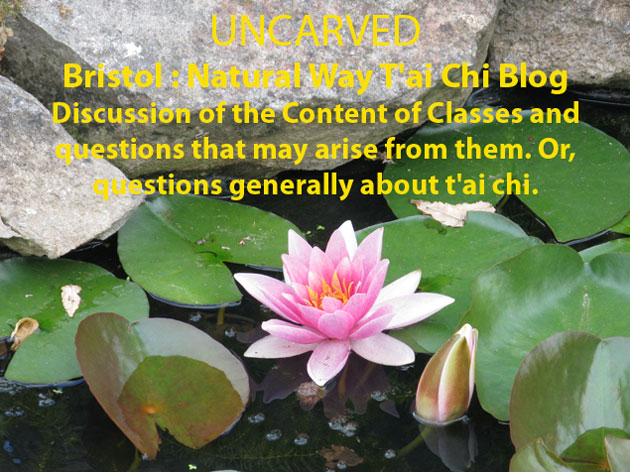Rob asks
Is it correct that the pivot point is where my partner's force contacts my body, e.g. the hand, or the shoulder, and it is at that point of contact that I empty and turn their force?
In solo form practice, do I
"imagine" the point of contact in order to move the energy between full and empty? Also can you say a bit more about your blog comment: "the pivot point may be in the centre of the body". i.e. I'm a tad confused: Is the pivot point at the point of contact, or in the centre of the body, or maybe even both!
When an opponent has contact with you and applies a force you must do several things simultaneously. Each of these techniques express t'ai chi prinicples.
First ... if you wish to lead a force away first you must follow. So although you must not go straight back when meeting a force, you have to follow whilst at the same time introducing a turning force. The other person's force must not meet with resistance so therefore you empty their force but again, I repeat, you must not go straight back and you should apply a turning force from the outset. The trick is to get the other person's force to 'come out.' Whilst the force is emptying or coming out you can introduce a turning force.
Then the turning force is applied exactly at the centre of your opponent's force. You can empty one side of the force and exert an equal and opposite deflecting force onto the other side. In this way the arm or body can behave like a seesaw with the point of rotation applied to the force.
These things are difficult to understand without demonstration.
During the process of emptying the pivot point moves... yes even into the body and thus becomes internal.
Please use comments to request clarification on any of these points.
Wednesday, 1 April 2009
Subscribe to:
Post Comments (Atom)

No comments:
Post a Comment